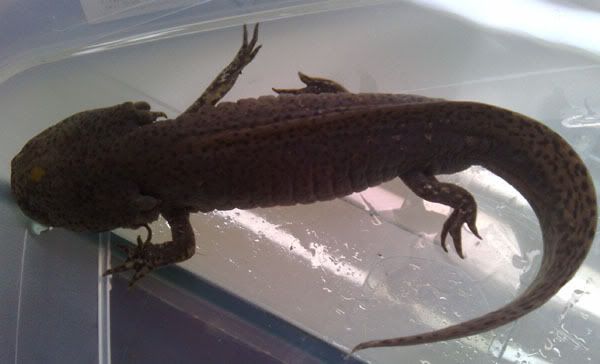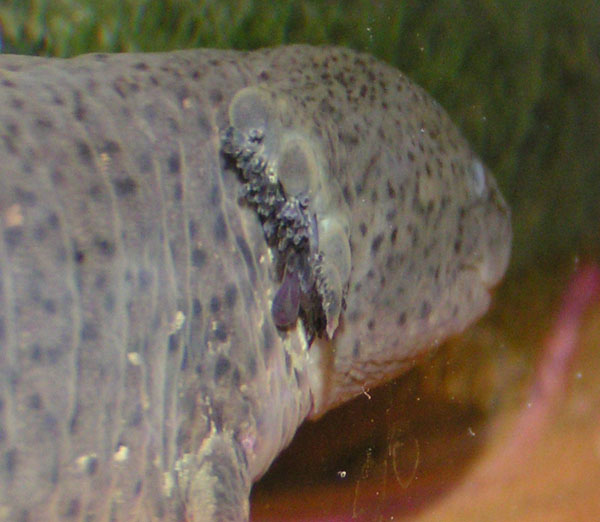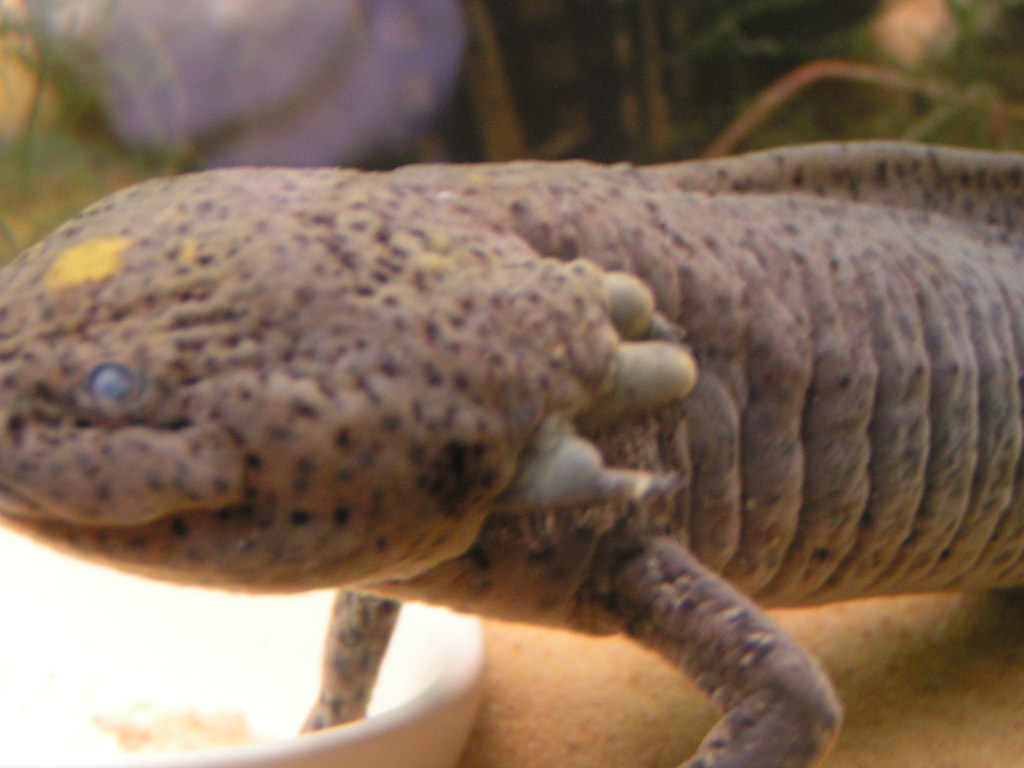Dawn
New member
Hi all,
As you may be aware I am now the proud owner of Luce's axie. He's a magnificent boy of around 12ins. Apparently his gills had been feasted upon by her loach - whats the best thing to do for this? Should I be doing anything in particular or just let nature take its course? Also he has a light patch on his forehead, Luce has assured me its been there for a long time though.
Oh and lastly he never seems to stretch out his tail straight -is that just from the stress of the move do you think?


Sorry about the photo quality - blasted camera phone
As you may be aware I am now the proud owner of Luce's axie. He's a magnificent boy of around 12ins. Apparently his gills had been feasted upon by her loach - whats the best thing to do for this? Should I be doing anything in particular or just let nature take its course? Also he has a light patch on his forehead, Luce has assured me its been there for a long time though.
Oh and lastly he never seems to stretch out his tail straight -is that just from the stress of the move do you think?


Sorry about the photo quality - blasted camera phone







